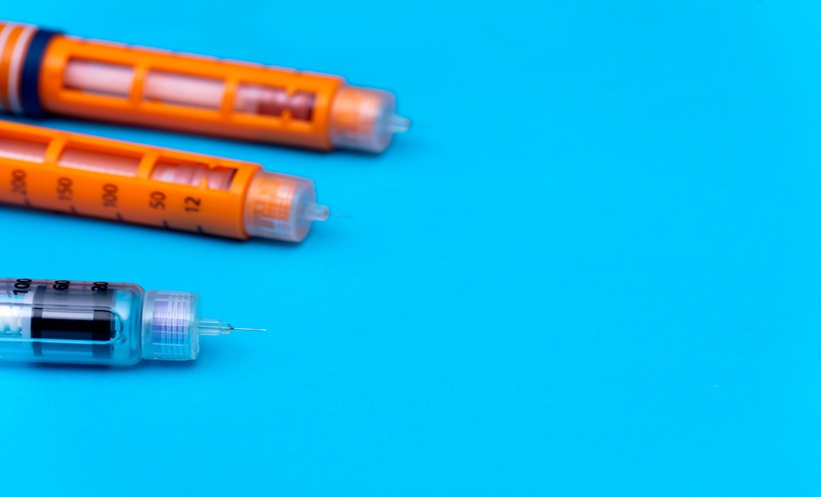Written by James Coker | Reporter, European Medical Journal | @EMJJamesCoker
![]()
The nature of recent conflicts around the world has brought about new challenges for the provision of healthcare. Of course, warfare has always created difficulties in providing sufficient treatment to civilians, with health services generally unable to operate as normal to put it mildly. However, several factors unique to conflicts that have taken and are taking place in recent times necessitate novel approaches by international organisations involved in the provision of healthcare in war zones. One of these is the extremely high levels of refugees and civilian displacement, the highest since the end of World War II, which means essential healthcare services have become very difficult for people to access. Another is the complex nature of the wars, which tend to involve many different state and non-state actors, hindering diplomacy. Additionally, there is the issue of the ‘weaponisation of healthcare’, where the deliberate destruction and hampering of healthcare has become commonplace, particularly in conflicts such as Syria.1
The EMJ recently spoke to two experts in conflict and healthcare from King’s College London; Prof Richard Sullivan and Dr Preeti Patel, about their views and the responses there have been to these challenges, including the recent launch of the research project, R4HC-MENA (Research for Health in Conflict in countries in the Middle East and North Africa by King’s health and security researchers.2 The interview with Prof Sullivan took place at the event ‘War on Cancer’ on 21st November 2017, and the interview with Dr Patel was during Global Health Day 2017 on 4th December 2017, both in London, UK.
Refugee Populations
“I think one of the main differences is that the impact on civilians is huge,” said Dr Patel, discussing the unique aspects of recent conflicts. “I mean the numbers are staggering if we look at the Syrian or the Yemeni conflicts that are ongoing. And because the numbers of people in the countries that are actually affected by conflict are huge, we’re also seeing large patterns of displacement, be it internal displacement, or refugee movements, which is the highest number since the end of the Second World War.”
This has in turn meant many large refugee camps in various regions that are often rife with medical problems on a scale not seen in previous conflicts. Prof Sullivan explained that in earlier wars, refugees tended to be of a young age, and the predominant medical problems that occurred were infection and maternal and child mortality. In more recent times, however, refugees often come from war zones in countries undergoing demographic changes such as Mexico and Syria that therefore have higher rates of cancer. There are generally high numbers of other non-communicable diseases present also, and combatting these types of ailments in refugee camps is difficult as emergency humanitarian and camp-based care are not usually set up to provide this type of treatment.
Another issue that Prof Sullivan highlighted was the behavioural changes that take place amongst refugee populations, which exacerbate non-communicable diseases. These include high levels of smoking and obesity. Additionally, conservative culture tends to dominate, which has major implications for accessing treatment. “So, whereas women in Syria were presenting early with breast cancer, the moment they get into refugee camps, conservative culture dominates and then they start presenting late,” he said. Malnourishment is another problem that adds to the issues of treating these groups. Prof Sullivan summed this all up, adding: “So when you’re treating them you have to use very different treatment approaches: how do you improve their nutrition before you operate on them? How do you ensure that they’re actually treated and they follow the pathways of care? Or do you have to compress the pathways?”
Innovative Solutions
Prof Sullivan suggested that one possible solution in refugee camps is utilising mobile linacs and pathology labs that can be driven and parked inside to ensure the correct facilities are present, as much more sophisticated pathology equipment is needed to make a diagnosis. The feasibility of this is currently being looked into. Intrinsically linked to this is the need for enough skilled surgeons who can actually deliver the procedures.
There have been a number of innovative care solutions produced over recent times. Dr Patel gave the example of the organisation MSF (Doctors Without Borders), which devised a home-based insulin care model in a refugee camp in Kenya where no refrigeration is available. Others include mobile phone operators who deliver essential services such as food and healthcare in certain refugee camps around the world, and technologies to enhance early warning systems in places that often have natural disasters, such as Nepal.
Complex Wars
Unfortunately, the number and types of actors involved in many modern conflicts make the provision of healthcare in war zones all the more difficult. “The days of having two or three states against each other and usually defined by militaries has definitely gone,” elucidated Dr Patel. “It’s much more complex, it has internal origins but then it suddenly becomes a proxy war where you have international states, regional states, the private sector is involved; there are so many different levels of state actors if you were to stratify them. And I think that’s the problem really because it’s a problem for global diplomacy: you don’t really know who you are dealing with.” Dr Patel also commented that the long-term nature of many modern wars, such as in Syria, mean the actors and dynamics are constantly changing, which only adds to the problem.
She believes that in this context, diplomacy that tries to include all the actors is absolutely vital to ensuring the greatest possible access to healthcare services from international organisations. Dr Patel gave the example of Syria, where the WHO have been working with the Assad government and NGO partners with the Syrian opposition, leading to separate, but often duplicating systems. In general, she believes that there is a decline in diplomatic skills, which needs to be addressed. “I think that applies to the health sector as well. Using tools of global health diplomacy, soft power, is important to reinforce.”
R4HC-MENA Programme
A step towards solving these issues is being made with the R4HC-MENA programme. Funded by The Global Challenges Research Fund (GCRF), this initiative aims to build sustainable research capacity in four specific areas in countries in the MENA region. These are conflict and health, the political economy of health in conflict, cancer, and mental health research in regions of conflict. Enabling war-afflicted countries to have the capacity to engage in research to plan healthcare systems is crucial. Prevention and treating non-communicable diseases is a big aspect of the programme, as is looking at the challenges and barriers to accessing healthcare in these areas. But Dr Patel acknowledged that the team is flexible in this regard, and open to developing the scope of the areas covered depending on the priorities of the people in the countries themselves.
“The main aim is to build capacity that will hopefully last a very long time in the four main areas,” she explained. “I don’t think that the research areas are really set in stone, because we had a short proposal, but it’s a proposal that will grow over time in terms of reflecting priorities that have been determined from people in the regions themselves. For example, they think that accessing mental healthcare services is a big issue. So, Year 1 of our project is really important because it’s about that communication with our partners in countries to devise the research projects. Years 2–4 will be much more about the implementation.”
Strategies and Initiatives
Many aspects of modern conflict have therefore thrown up new challenges and problems on a scale not seen previously, and these are issues that international health agencies need to try and overcome to ensure that good quality treatment is provided for civilians, many of whom are displaced. Efforts need to be put into ensuring a more co-ordinated approach from international health organisations that engages all parties involved in often complex situations. As discussed, significant efforts are being made in this regard, with more and more innovative solutions being seen in refugee camps for example. The R4HC-MENA programme is a very exciting development, and potentially a vital long-term step to providing sustainable and affordable healthcare solutions in war-afflicted regions.
References
- Vector. Healthcare in Conflict Zones. 2017. Available at: https://vector.amsa.org.au/2017/06/07/healthcare-in-conflict-zones/. Last accessed: 4 January 2017.
- King’s College London. Major Grant for King’s-led project on healthcare in conflict zones. 2017. Available at: https://www.kcl.ac.uk/sspp/news/newsrecords/2017/Major-Grant-for-Kings-led-project-on-healthcare-in-conflict-zones.aspx. Last accessed: 4 January 2017.








